Shrinathji symbolizes a form of Hindu god Lord Krishna. Shrinathji is manifested as a seven-year-old child lifting Govardhan hill, with one arm raised. This deity of Shrinathji is situated in the temple of Nathdwara, 48 Kilometers North-east from Udaipur city , Rajasthan. The shrine of Shrinathji is made of a single black marble where the lord is seen with his left hand raised and the right hand fist resting at the waist, with a large diamond placed beneath the lips. Along with the idol of Shrinathji the images of two cows, one lion, one snake, two peacocks and one parrot are engraved and three sages are also placed near it. The idol of Shrinathji is adorned divinely with attire made of silk having original zari and embroidery works and jewels inspired with the pre-Mughal period.
The deity of Shrinathji is believed to be self-manifested from stones of the Govardhan Hills and initially was worshipped in small temple of Jatipur village near Govardhan Hill. Subsequently the deity was moved to a big temple on top of the hill as per directed to Shri Vallabhacharya in B.S1549 by Lord himself. Shri Vallabhacharya named him as Gopala and the place of his worship as ‘Gopalpur’. Later, Vitthal Nathji son of Vallabhacharya followed the same tradition of worship and named the deity as Shrinathji.
Later on the idol was shifted to Mewar region of Rajasthan from Vrindaban through Agra and Gwalior to protect it from the anti-Hindu, iconoclastic and barbarian destruction of the Mughal ruler Aurangzeb by a Goswami priest in 1669. When the chariot carrying the idol reached at village Sihad, the wheels got stuck in mud and could not be moved any farther. The priests realized that the Lord's has chosen this particular place to set and as per the religious myths a temple was built there under the rule and protection of king Raj Singh of Mewar in the 17th century.
Shrinathji Temple is also popularly called Shrinathji ki Haveli (House of Shrinathji) because like a regular household it has a chariot (the original chariot in which Shrinathji was brought to Sihad), a store room for milk (Doodhghar), betel (Paanghar), sugar and sweetmeats (Mishrighar and Pedaghar), flowers (Phoolghar), a kitchen (Rasoighar), a jewellery chamber (Gahnaghar), a treasury (Kharcha bhandaar), a stable for horses of chariot (Ashvashala), a drawing room (Baithak), and a gold and silver grinding wheel (Chakki).The temple has been constructed and designed according to the temple of Nanda Maharaja (Krishna’s father) located in Vrindavan. Hence this temple is also known as Nanda Bhavan or Nandalaya (the House of Nanda). Structurally, a kalasha (sacred pot) is placed on the top of the temple along with seven flags and Sudarshana Chakra. The seven flags represent the clothes of the seven companions of Lord Krishna.
The Shrinathji temple celebrates almost three festivals in a week along with Janmashtami and other festivals, like Holi and Diwali are celebrated with great enthusiasm. The deity is believed to be infant Lord Krishna, hence special care is taken and attention is given to the deity as the same way a mother would to her child with daily routine work like bathing, dressing, feeding and the resting times in regular intervals. The inner sanctum is opened 8 times a day for the devotees to catch the glimpse of the deity which is known as jhakhi. The temple owns a lot of cows and one of which is known as the "Srinathji's cow." The milk from this cow goes only for Srinathji to drink.
 |
| Shrinathji of Nathdwara Temple |
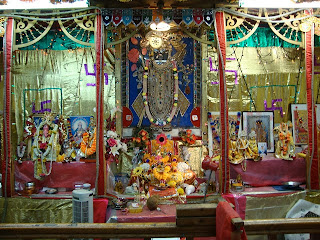 |
| Shrine of Shrinathji Temple of Nathdwara |
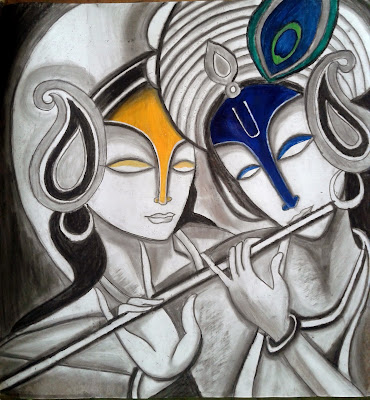
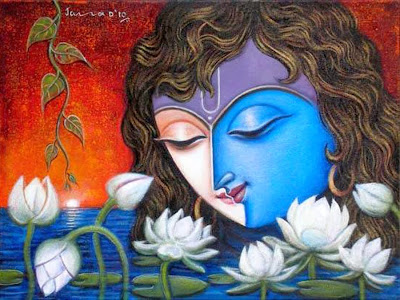
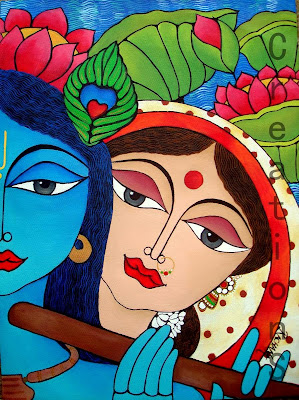


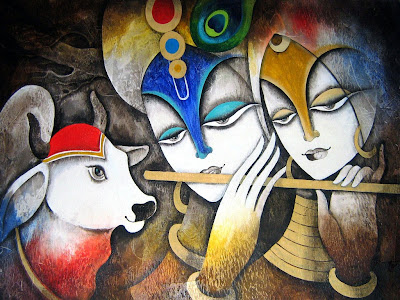








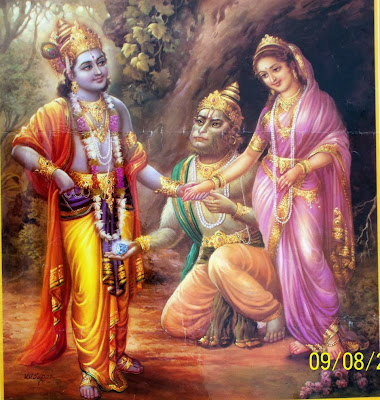




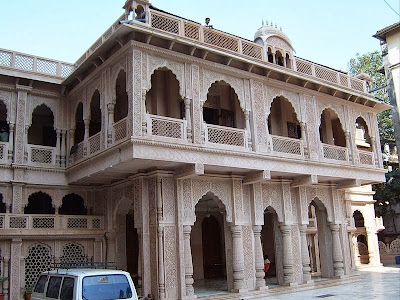










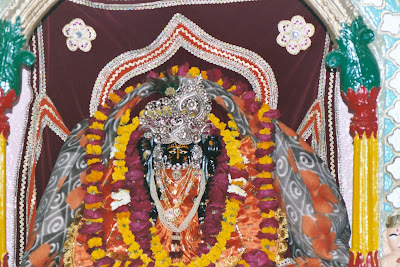
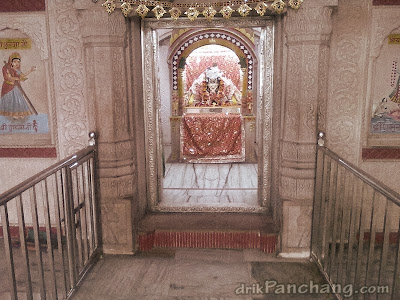
.JPG)
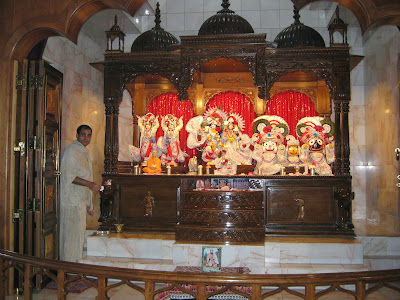
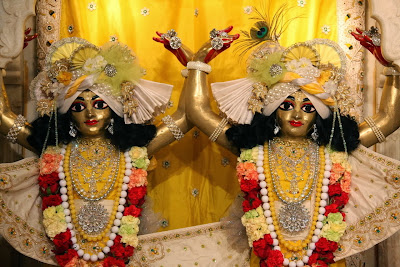

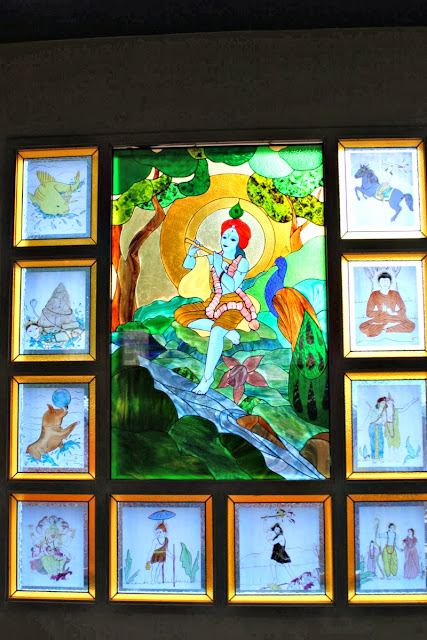






.jpg)





